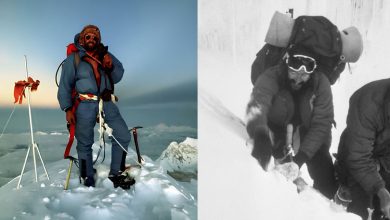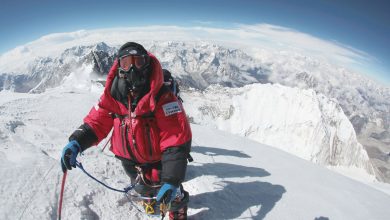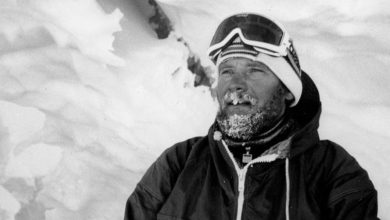Eric Shipton: Leader Of The British Mt. Everest Expedition In 1951
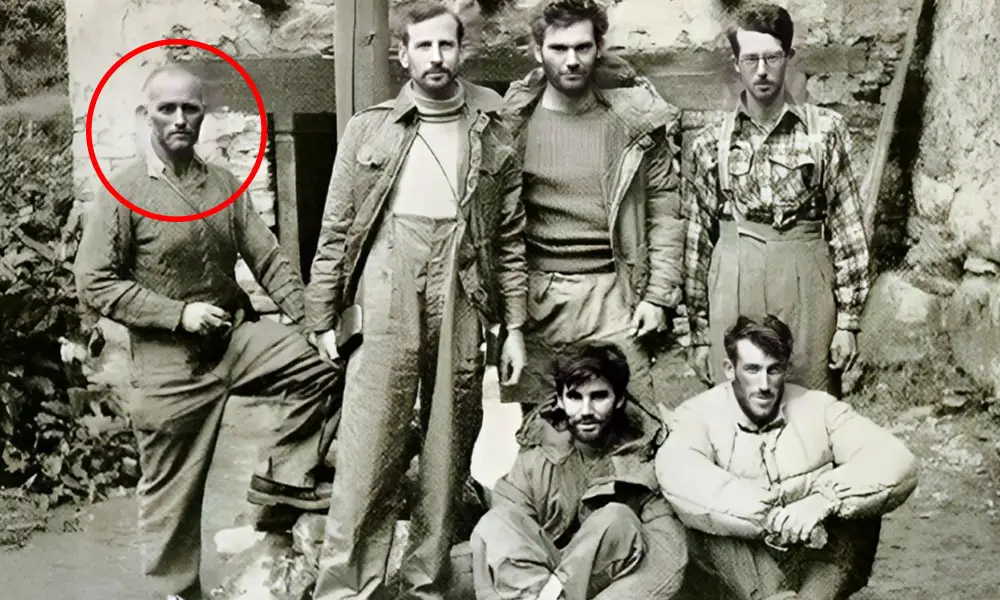
Eric Shipton was a British mountaineer who gained for his exploration of the Himalayas. Born on 1st August 1907 in Ceylon, Shipton dedicated his life to various Everest expeditions and helped to mold the successful expedition in 1953 when mankind stepped on the top of the world (also known as the Third-Pole) for the first time.
Although Eric Shipton had been working a major part of his life for the successful ascend of the tallest mountain in the world by the British expedition team, he was controversially overlooked to lead the British expedition team in 1953.
Before the victorious expedition over Everest in 1953, Erich Shipton was the leader of the 1952 expedition of Cho Oyu organized by the Joint Himalayan Committee. The British mountaineer was leading the expedition team comprised of Sir Edmund Hillary, Tom Bourdillon, and George Lowe.
However, the team had to forgo the expedition due to the deadly avalanche at the ice cliff above 6,650 meters. Although Shipton pulled back the expedition team considering their safety, the 1952 Cho Oyu expedition became a stepping stone that led to the 1953 victory on the Everest.
Early Life of Eric Shipton
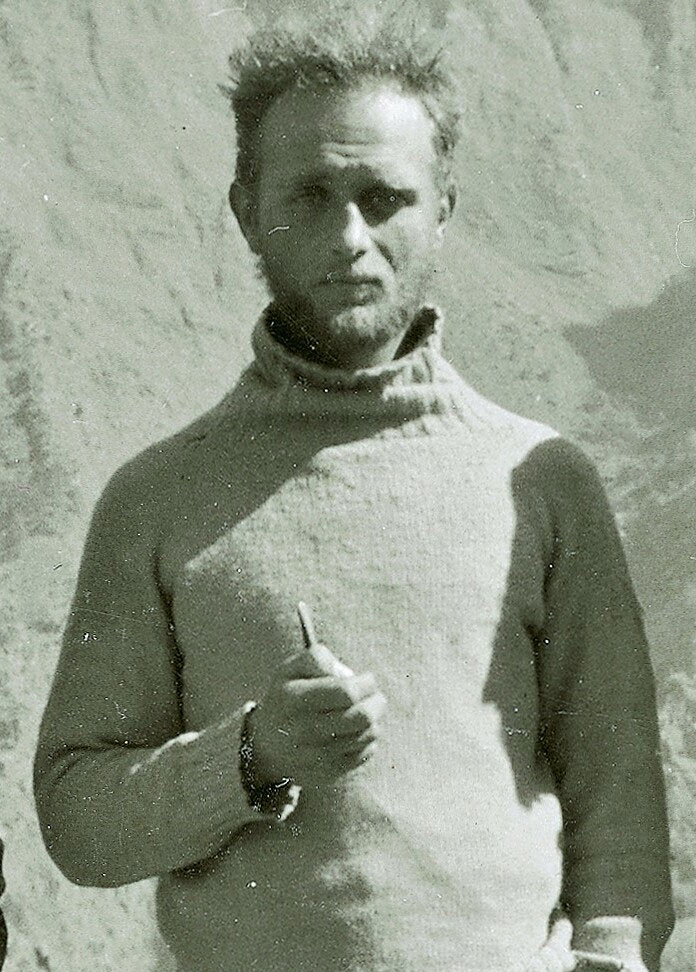
Born in 1907 in Ceylon (today’s Sri Lanka), Eric Shipton was born in quite a normal family, his father was a tea planter. However, after his father’s death when Shipton was just three years old, his family moved to London.
This mountaineering legend’s life wasn’t easy after arriving in London either, struggling with his studies Eric Shipton failed the entrance exam for the Harrow School when he was eight. Regardless, his mother decided to enroll him at the Pyt House School in Wiltshire, London.
Shipton came in contact with the charms of the high snow-clad figurines when he was just 15 years old after taking a vacation with his family to the Pyrenees. The British mountaineer’s close contact with the majestic mountains lighted a spark within him and over the years Shipton was fond of their charms.
Piquing interest in mountain climbing Eric Shipton traveled to Norway with a close friend from school and began dedicating himself to mountaineering. He participated in mountaineering endeavors for the next year after his return from Norway.
However, his mountaineering journey was put on hold after unfolding of the World War II, he was appointed as the HM Consul in Kashgar where he served from 1940 to 1942. Shipton was later assigned to Persia where he fulfilled the duty of a Cereal Liaison Officer for 20 months (1943 to 1944).
Later, the British mountaineer was assigned to Hungary as the part of British Military Mission and upheld the responsibility of the ‘Agricultural Advisor’ till the war ended.
Mountaineering Journey After War
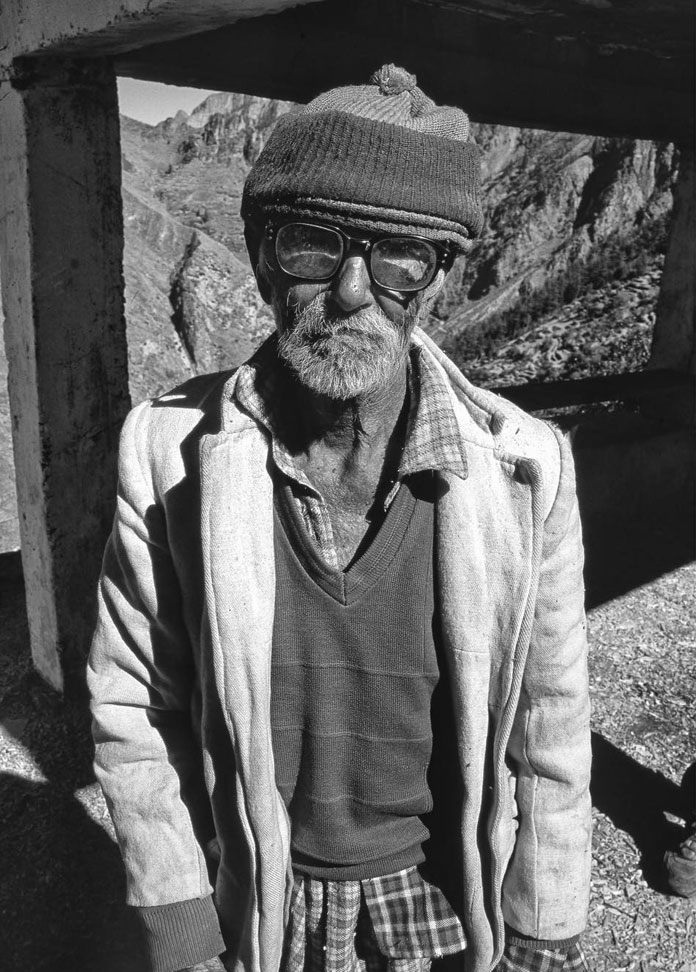
Eric Shipton took significant responsibilities during WW II and after the war, he returned to Kashgar in 1946 taking the responsibilities as a Consul General. Regardless of the turmoil, Shipton never forgot his love for the mountains the sparks lighted by the majestic peaks when he was just 15 now were starting to take the shape of fiery passion.
After the visit from his climbing partner Bill Tilman, whom he had ventured with, in his mountaineering endeavors before the war broke, the mountaineering duo scaled the Muztag Ata at the elevation of 7,546 meters.
Reaching the broad summit dome of the mountain at a significant height motivated Shipton to keep pursuing his mountaineering passion. So, in 1947, the British mountaineer set out on the exploration of the glorious mountain peak in Central Asia.
This was the period when he discovered and named the ‘Shipton’s Arch’, moving along his amazing mountaineering career, Shipton became part of the Mount Everest reconnaissance team in 1951.
Eric Shipton became the first-ever Western explorer to scale the Rolwaling Himal and during his exploration of the Barun Gorge, he also named one of the striking mountains in the Himalayas standing tall as an island amidst the snowy landscape as ‘Island Peak’.
This British mountaineering legend was always fond of small but effective expeditions rather than larger-scale military-style expeditions. Due to this, he relinquished the leadership role in the British Everest expedition in 1953.
Greatest Mountain Explorer of the 20th Century
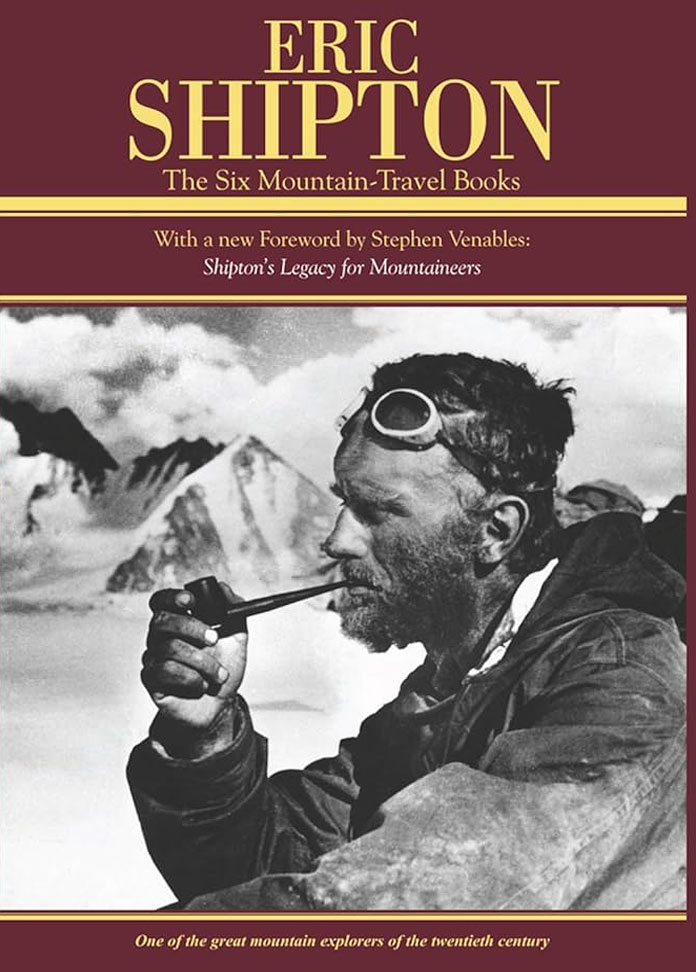
The remarkable feat where the Tenzing Norgay Sherpa and Sir Edmund Hillary created history as the first men to set foot on the highest snow-clad peak in the world on 29th May 1953 was led by John Hunt.
But, little do people know that it was all thanks to the greatest mountain explorer of all time, Erich Shipton, the 1953 British expedition team was able to put the victory flag on the summit of the tallest mountain in the world at 8,849 meters.
Shipton was mostly known for exploring the uncharted part of the world, before the successful ascend of Everest in 1953, he had led two reconnaissance scaling on the south route of the mountain both in 1951 and 1952.
However, due to Shipton’s preference and reluctance to launch the expedition to climb both Everest and the close by peak Cho Oyu in the two reconnaissance scaling made the British Himlayan Expedition Committee nervous about appointing him as the leader of the full-scale expedition in 1953.
As the Swiss expedition team just narrowly missed scaling all the way to the top of the world in the 1952 summit and the French expedition team was next in line for the summit push in 1954, it seemed like it was the final chance for the British expedition team to snatch the victory and engrave the name in the history.
Thus, for the 1953 expedition, John Hunt, a logistic officer in the British Military with some Himlayan mountaineering experience was seen as the right candidate for the job due to his exceptional organizational skill.
However, the decision to appoint John Hunt to the 1953 expedition over Eric Shipton who had led two reconnaissance on Everest tested the loyalty of many expedition team members.
Even two summiteers Tenzing Norgay Sherpa and Sir Edmund Hillary couldn’t have possibly been at the top of the world if it wasn’t for the expeditions led by Eric Shipton.
Eric Shipton Carved Way for the Success of the British Expedition Team
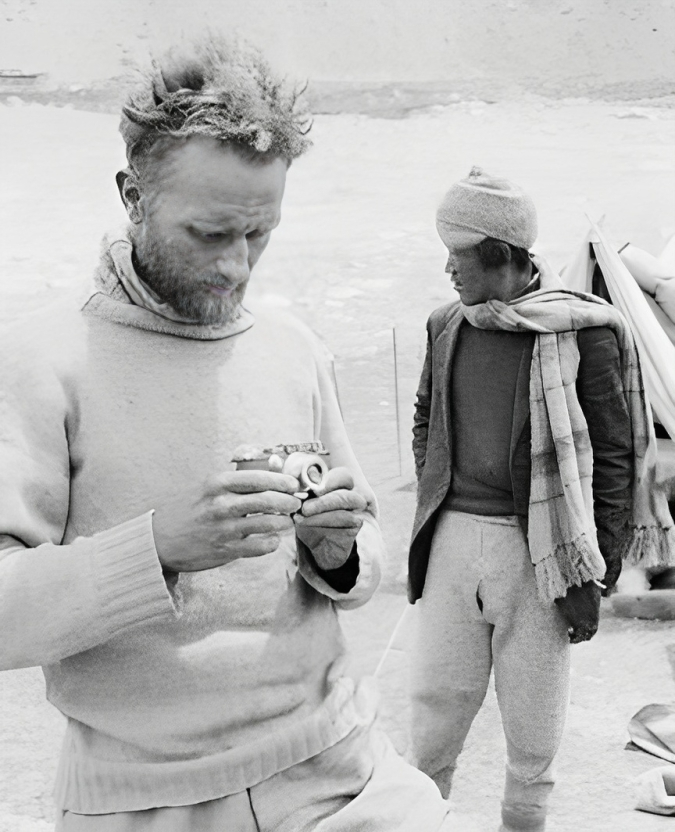
Everyone knows the names of Tenzing Norgway Sherpa and Edmund Hillary, but very few might understand the contribution of the greatest mountaineer in history who carved the way for the success of the British expedition in 1953.
Without Eric Shipton, the two mountaineering duo who set their name in history as the first-ever human to set foot on the top of the world might not have been at the top of the history page.
In his biography’ That Untravelled World’ Shipton mentions the incident where he came across the names that would later become legends in the mountaineering history. Two days before his reconnaissance expedition on Everest in 1951, Shipton received a cable from the President of the New Zealand Alpine Club mentioning four of his climbers were climbing the Garhwal Himalaya.
With the request, if two could join Shipton’s reconnaissance scaling, however, Shipton had already turned down several applicants with very perked-up qualifications due to him wanting to keep the expedition part small.
The answer was obvious as the resources and equipment for the expedition were already stretched. Shipton also didn’t know who the climbers were or how to contact them either, but when he was about to give a negative reply he remembered the nostalgic memories with his New Zealander mountaineering buddy Dan Bryant and decided to change his mind.
Bryant and Shipton had traveled together to Everest in 1935 and Bryant’s cheeky attitude had left a huge mark on the British mountaineering legend. So, in the spur of the moment, Shipton accepted the two New Zealander mountaineers in the 1951 reconnaissance expedition as he remembered the fond memories that he shared with his mountaineering buddy Dan Bryant.
It was Shipton’s whim that put Edmund Hillary on the big picture of the 1953 expedition after his remarkable performance in the reconnaissance expedition and the rest, as they say, is history.
Crossing the Path With Another Mountaineering Legend During His Teen Years
It may seem like the Eric Shipton meeting Edmund Hillary was struck of luck and something that was meant to happen. But, that’s not where this story ends, during Shipton’s 1935 expedition with his New Zealander buddy Dan Bryant met another remarkable person who would later make history alongside Hillary as the first person ever to step foot on the highest peak in the world, Tenzing Norgay Sherpa.
During his 1935 expedition, Eric Shipton was choosing the Sherpa team for the scaling in Darjeeling. Like it was a prophetic incident, from the hundreds of applicants the British expedition chose 15 Sherpas to guide them during the climbing.
Nearly most of them were Shipton’s friends who had been with them in his previous expeditions, however, there was a nineteen year Sherpa in the team, a newcomer, who was chosen because of his attractive grin, his name was Tenzing Norgay Sherpa.
Tenzing went out to become one of the most reliable and successful climbing guides even before his Everest expedition, the Sherpa guide after being introduced to Shipton accompanies almost every major Himlayan expedition in the country.
Although, Tenzing Norgay had already become one of the greatest climbing Sherpas before the 1953 expedition, but still, his journey started with Shipton who carved the adjoining path of the two of the greatest mountaineers that led to the successful summit of the British empire in 1953.
If Shipton hadn’t given him his chance during the 1935 scaling, somebody else probably would have, or they wouldn’t have, in the making of one of the greatest mountaineering legends. Tenzing’s landlord Angtharkay had accompanied Shitpon on many of his expeditions in the 1930s, thus in the selection day for the Sherpa guides, Angtharkay was there and it is very likely that the Sherpa legend in his teen years was there because of him.
When people generally think about the history of Everest, many remember the argued first ascender George Mallory, and Andrew Irvine in 1924. The first successful climbers Edmund Hillary and Tenzing Norgay Sherpa in 1953 and the first ascenders without oxygen Reinhold Messner and Peter Habeler in 1978.
But, many might not remember the most significant name in the history of the Everest expedition, Eric Shipton, who carved the way for the British empire to engrave their name in history as the first ascender of the tallest peak in the world.
Read also:
- Hilaree Nelson: Mountaineer Swept By Avalanche
- Maciej Berbeka: The True Story Of Polish Mountaineer
- Nima Rinji Sherpa Becomes Youngest Nanga Parbat Climber
- Mingma Sherpa: First Nepali To Climb14 Peaks Above 8000m
Stepping Away from 1953 Expedition
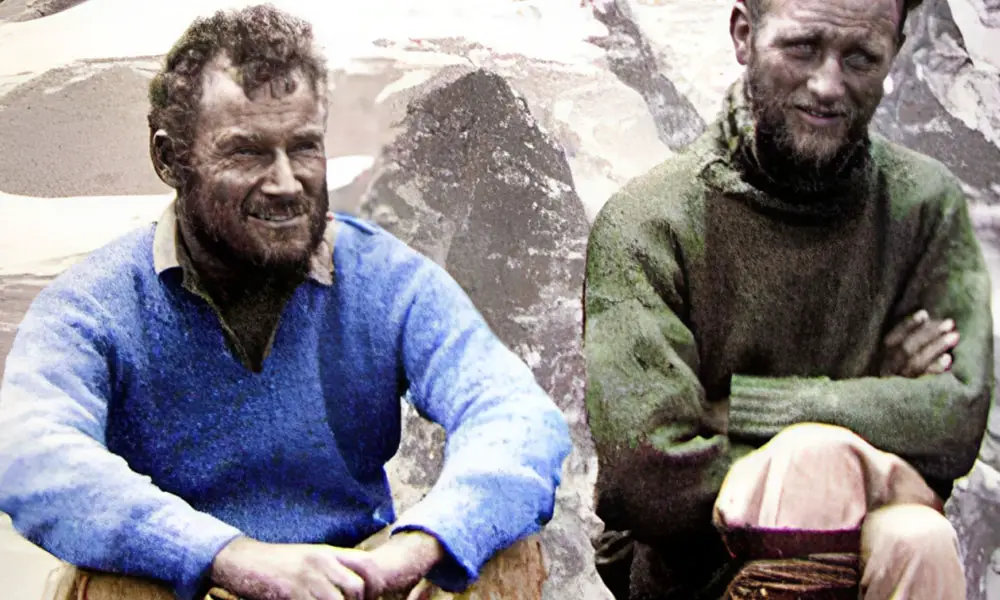
As both the Swiss and French expedition teams were closing in to make history as the first to ascend the highest mountain in the world. It was apparent that the British Mountaineering Community had to act fast to snag the victory flag before it was too late.
Eric Shipton had led two reconnaissance expeditions on Everest both in 1951 and 1952, thus, naturally, everyone was expecting him to lead the 1953 expedition as well as the last change for the British empire to create history.
But, in the end, John Hunt was chosen as the right candidate after many controversies and debates. One of the major reasons for Eric Shipton to fall out from the 1953 expedition team was due to his belief in the small yet efficient, flexible, and lightweight expedition.
Contrary to that, British authorities wanted a large-scale, well-funded, siege-style approach as they saw it as the last opportunity to snag the victory in the intense race to the top of the summit. John Hunt had a conventional overview of the organization and logistics as he had already served as a logistics officer in the military.
Thus, as Shipton’s initiatives didn’t align with the British authorities he stepped away from the expedition. Expressing his emotions aftermath of the debate and discussion to reach the verdict, Eric Shipton wrote;
“I leave London absolutely shattered.”
Final Years in Eric Shipton’s Life
During the final years of his life, Eric Shipton embarked on numerous journeys all over the world embracing the nomadic lifestyle. Although the path Shipton carved saw the victory of the British Empire, everyone involved was able to earn recognition all over the world.
One of the key figures for such an accomplishment, Eric Shipton disappeared in obscurity and had to do manual labor for reaming part of his life. To sustain his life, Shipton, the mountaineering legend, relied on giving lectures and even served as a distinguished guide.
The British explorer and mountaineer was able to complete the second volume of his autobiography ‘That Untravelled World’ in 1969 and kept on exploring the corners of the world seeking adventure.
Embracing his nomadic lifestyle and living his life to the fullest as an adventurer, Eric Shipton’s health deteriorated when he was living in Bhutan in 1976. After his return to England, Shipton was diagnosed with cancer, sadly he lost the battle to cancer and passed away in March 1977.
As per his wish, the mountaineering legend was cremated in Salisbury and his ashes were scattered in the Fonthill Lake in Wiltshire, his beloved home city that his family migrated to after leaving Ceylon.

